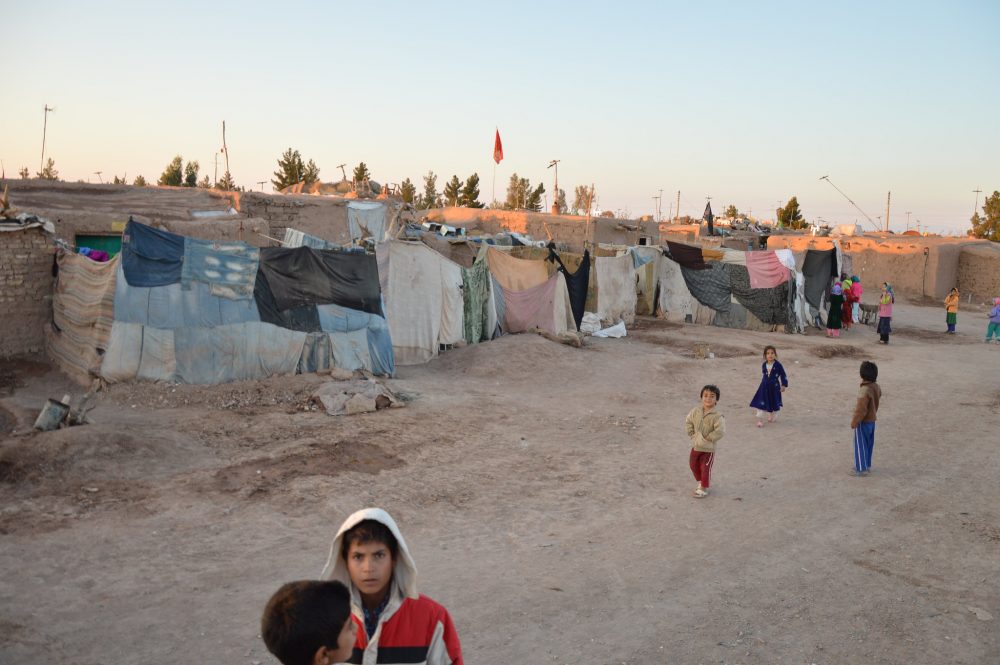According to the U.S. Geological Survey, a 6.3-magnitude earthquake occurred on Oct. 7, 2023, about 25 miles northwest of Herat at shallow depths. This earthquake was followed by a second 6.3-magnitude earthquake about 30 minutes later. Another 6.3-magnitude earthquake shook Herat Province on Oct. 11, 2023.
A spokesman for Afghanistan’s national disaster authority, Janan Sayiq, told reporters on Oct. 9 that around 4,000 people were killed, but other reports say the figure is closer to 2,000. The Oct. 11 earthquake reportedly killed at least two people and injured another 150. As of Nov. 3, the World Health Organization (WHO) reported 1,482 deaths. As is often the case after disasters, accurate figures on deaths and injuries are a challenge, particularly in fragile states like Afghanistan.
According to the International Federation of Red Cross And Red Crescent Societies in an operational update published on Nov. 27, “In several affected villages, not a single house remains standing. Thousands of people are living in open space under tents, tarpaulins or other locally made temporary make-shift structures as their houses were destroyed or are afraid of returning home due to frequent aftershocks.”
The UN Population Fund said women and children were disproportionately affected because they were more likely to be at home while men were out of the home working. Women-headed households are particularly vulnerable, with protection concerns and challenges obtaining humanitarian assistance. The Gender in Humanitarian Action Working Group in Afghanistan reports that earthquake-affected women said immediate priorities relate to shelter and water, sanitation and hygiene.
According to a new report by the UN, the World Bank, the European Union and the Asian Development Bank, an estimated $402.9 million is urgently needed to support critical recovery and reconstruction efforts in Herat province. The report highlights housing as the top priority covering 41% of total recovery needs and underscores the need for gender-responsive initiatives given only 10% of women-owned businesses resumed operations and women made up 58% of casualties.
This comes after an October 2023 Herat Earthquake Response Plan said $93.6 million is required to deliver life-saving response activities and support early recovery efforts until March 2024.

Humanitarians in 2023 faced increased access challenges along with funding cuts, which have resulted in reduced services and aid provision. In October 2023, humanitarian partners responding to the earthquakes were subject to daily movement approvals by the De facto Authorities (DfA) impacting earthquake-affected populations. Despite approval from DfAs, access impediments in February 2024 due to disasters and natural hazards led to temporary suspensions and closures of projects and facilities, respectively.
It is clear that disaster survivors need assistance in the short term and will require support for longer-term recovery. The ongoing complex humanitarian emergency makes recovering from disasters such as earthquakes harder.
Earthquakes are among the most devastating natural hazards. Most homes in Afghanistan lack a good foundation and are poorly constructed with often heavy roofs that can collapse into the structure, making them vulnerable to seismic activity. For these reasons, the earthquakes that devastated Herat Province, and other natural hazards that Afghanistan faces, cannot be called “natural disasters.” While natural hazards, such as earthquakes, are inevitable, their impact on society is not.



